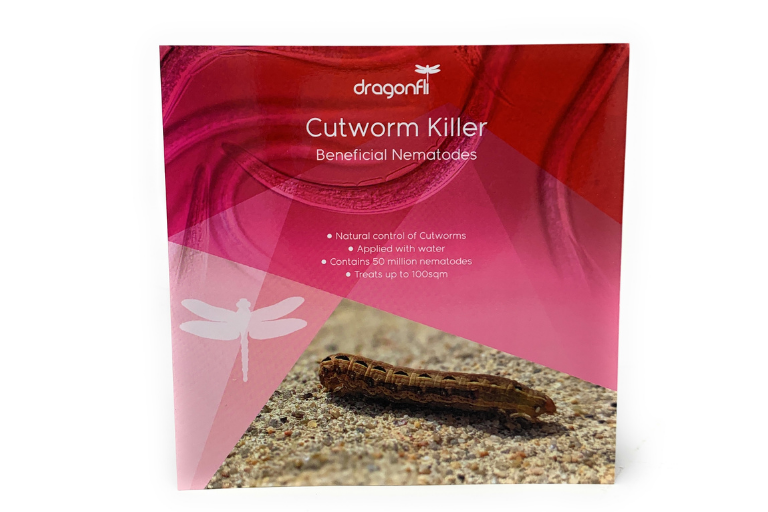

Their body is relatively smooth and sometimes described as having a greasy sheen. The black cutworm name reflects one of their key characteristics: their dark coloration. Photo: Roger Schmidt, University of Wisconsin-Madison,.

Notice the smooth appearance as well as the characteristic “c” curl of the larvae on the right. Once larvae reach approximately 0.5-0.75 inch in size, damage is noticeable (described below) and larvae can be hard to control.īlack cutworm larvae. Young larvae feeding often goes unnoticed, as it manifests itself as small holes in the leaves of vegetables and weeds. The larval stage is the damage-causing life stage, though only the older caterpillars cause significant damage. Female moths can lay up to 1,900 eggs in her lifetime. The eggs are small, spherical and laid in clusters. A key feature to look for is dark, dagger-shaped markings on the back third of the wings.įemale moths lay eggs on a number of plant species, with a preference for winter annual broadleaf weeds such as chickweed and various members of the mustard family, among others. When the wings are closed (as above), two-thirds of the body are so dark brown they appear black. The moths are fairly large with a wingspan of 1.5-2 inches.

They are often detected in pheromone monitoring traps just after the passage of these weather systems. The arrival of the adult moth is aided by weather fronts moving from southern to northern areas. and Mexico every year from early May to mid-June. Adult black cutworms are a moth that migrates into Michigan from the southern U.S. The larva of black cutworm causes sporadic damage, primarily stand loss, to young crop seedlings. Read on to learn more about this early-season pest of sweet corn. For estimates of when flights may have occurred in your area, refer to the weather-based models at InsectForecast. Purdue University Extension and University of Illinois Extension have caught the pest in varying numbers across their respective states. Low numbers of black cutworm moths are being caught in parts of Michigan, with moths detected in Montcalm and Lenawee counties.


 0 kommentar(er)
0 kommentar(er)
